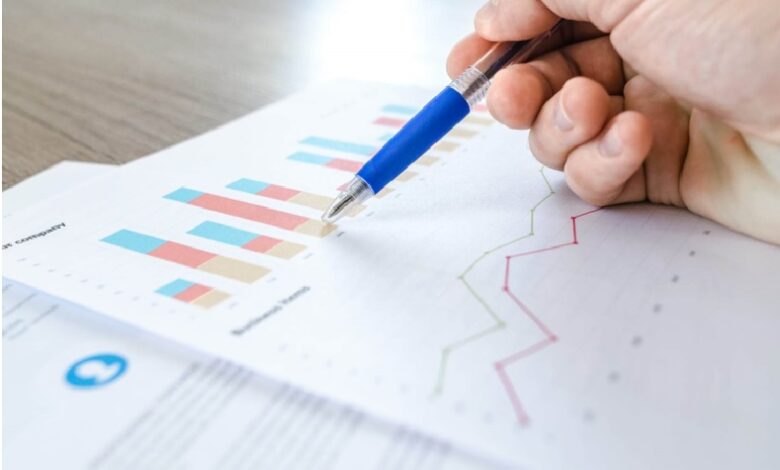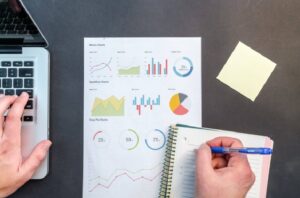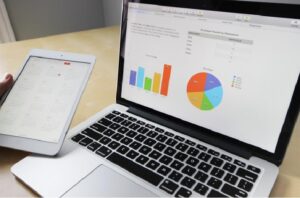
Data analysis and the skills learned from data analysis courses will become crucial in business as the workplace becomes more tech-driven and fast-paced. Data analysis is more than just delivering numbers and figures to management; it is an internal organizational role done by Data Analysts. It necessitates a far more thorough approach to data collection, analysis, and dissection and presenting the results in a readily understandable way.
There has never been a better time to use data to gain insights. Every day, humans generate a significant amount of data, ranging from heart rates to analyzing opponents like in poker, or workout goals, and movie choices. Data can be found in each business drawer. Moreover, data is no longer the exclusive domain of technological firms. Data is increasingly being used by businesses as different as life insurance agencies, hotels, and product management organizations to boost marketing tactics, improve customer experience, evaluate company trends, and collect insights on user data.

In today’s quickly expanding world, we must analyze the data collected and provide insights to help businesses make better decisions. In reality, everything nowadays is data-driven, from large corporations to tiny companies. Therefore, the desire to research and comprehend business trends has never been greater. Here are five ways in which data can be utilized to help businesses today.
- Business Performance – With rising business competition, tightening economics, and business-driven decision making, top businesses are turning to data analytics to uncover new market opportunities, areas for improved business, improvements in services and products, and comparisons to competitors. Currently, 77 percent of top companies regard data analytics as an essential part of their business performance. Analytics are used to assess business performance. This means that data scientists have a significant impact on company policies, choices, and marketing strategies.
- Personalization – Customers’ data is collected through various channels, including physical retail, e-commerce, and social media. Businesses can get insights into client behavior by employing data analytics to construct complete customer profiles, giving them a more personalized experience. Take, for example, a retail apparel store with both an online and physical presence. The business might combine sales data with information from its social media pages to build targeted social media campaigns to drive e-commerce sales in product categories where customers are already interested.
Behavioral analytics models can be run on client data to improve the customer experience even more. For example, a company could use e-commerce transaction data to construct a predictive model to identify which products to promote at checkout to boost sales.
- Advertising – You can utilize data analysis to determine which kind of advertising reaches and impacts your customers, driving them to purchase your products. Data enables you to decide which type of product advertising has the most significant impact on your target demographic and at what scale you should employ them. Based on the effects and lowest possible expenses, data analysis also suggests the prices you’ll pay to make your products or operate your business. As a result of the knowledge you receive, you will save a significant amount of money, which you can use towards other essential duties.
- Problem Solving – Analytics is, at its core, a problem-solving tool. The issues are just on a far greater magnitude than many of us are used to, affecting entire organizations, as well as the employees and customers they serve. The capacity to think critically and appropriately address problems is a skill that is always useful, not just in the workplace but also in everyday life. Simply said, the usefulness of deductive thinking skills is explained. The ability to analyze numerous bits of data and form a conclusion is probably the most valuable skill for any team member to possess, and it’s all too often lacking among otherwise technically proficient personnel.
- Security – Data security is a concern for all businesses. By analyzing and visualizing relevant data, organizations can use data analytics to diagnose the reasons for previous data breaches. For example, the IT department can use data analytics software to parse, analyze, and visualize audit logs to discover the course and origins of an attack. This data can assist IT in locating and patching issues.
IT departments can also use statistical models to prevent future assaults. For example, abnormal access behavior is typical in attacks, especially load-based assaults like a distributed denial-of-service attack. These models can be set up to run indefinitely, with monitoring and alerting systems stacked on top to detect and flag irregularities so that security professionals can respond quickly.

You’ll make better judgments about revenue, customer experience, and overall efficiency if your organization employs business analytics. Because they can reveal ways to get an advantage over your competition, these tactics are often referred to as “hidden jewels.” Make a goal for yourself and stay focused on it. What you learn will pleasantly surprise you.
Writer’s Checklist:
Please ensure you have adhered to the following before submitting content:
✔ Page title < 60 characters
✔ Meta description < 160 characters
✔ Correct language and region used
✔ Client links included in correct place and working correctly
✔ No competitor links included
✔ Copy proofed and spell-checked




